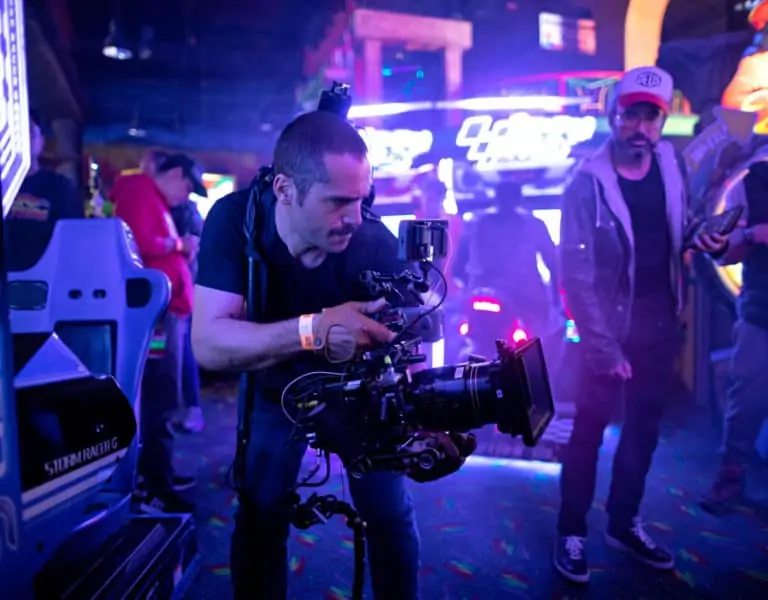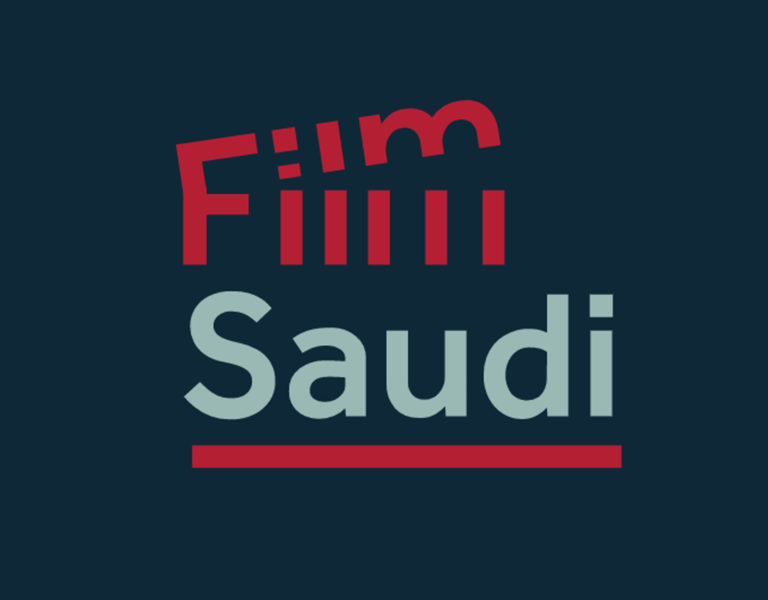Fight of your life
The macho world of wrestling is sent into a spin with the arrival of the ‘Liberace of Lucha Libre’ in Roger Ross Williams’ biopic Cassandro, lensed by Matías Penachino.
Saúl Armendáriz has made his name as an exótico, a male competitor in drag in Mexico’s lucha libre wrestling tradition. As a queer man in a macho community, his fight both in and out of the ring makes a fascinating and at times heartbreaking subject for Cassandro, the biopic based on his life. Director Roger Ross Williams, who’d already made a 2016 documentary about Armendáriz’s life called The Man Without a Mask, called on cinematographer Matías Penachino to bring this colourful story to the big screen.

How did you get involved with Cassandro – had you seen The Man Without a Mask?
My buddy and producer, Gerardo Gatica, handed me the script, and it immediately got me excited. I was already familiar with Roger’s work, and I just felt a real connection with him through the script. I checked out the documentary and Saúl Armendáriz got me from the get-go. Plus, the fact that Cassandro related so much to my all-time idol, Juan Gabriel, whose song is on the soundtrack.
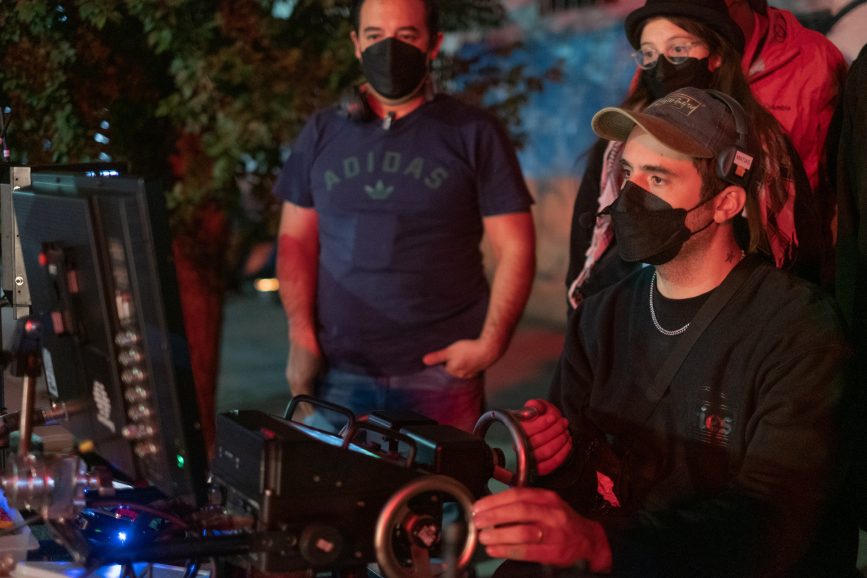
What appealed to you about bringing this amazing true story to the screen?
The character was truly captivating to me. A living legend belonging to a border world that has always fascinated me – those grey areas that don’t quite fit here or there. These Mexican-Americans who are more Mexican than Chilean and as American as John Wayne, yet they often seem like they don’t quite belong anywhere, being minorities in the USA, living there but frequently working and emotionally depending on Mexico. Furthermore, having lived in Mexico, I genuinely understood the meaning and scale of the challenge against machismo, not only in sports but in their own lives, which expanded and inspired many others.
Additionally, having Gael García Bernal portray the lead role, showcasing his exceptional talent as one of the most gifted actors and a wonderful collaborator to work with.
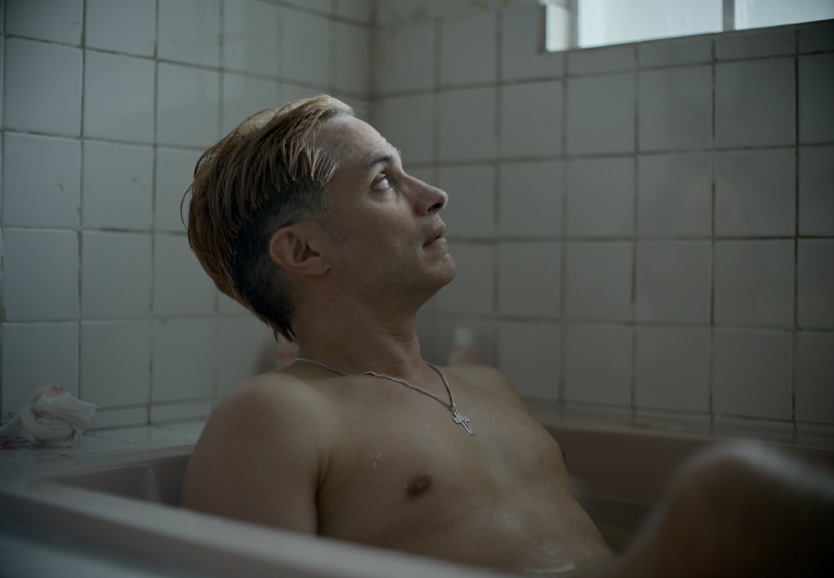
Was this your first collaboration with Roger Ross Williams? How would you describe your collaboration and what made it so successful?
It was my first time working with Roger, and it was quite a special collaboration. He comes from a documentary background, while I’m exclusively into fiction and commercials. Given that the film was based on a real character with a lot of personal and autobiographical hints from the director, we had to spend a good amount of time getting to know each other to have meaningful discussions.
I think the success of our partnership really came down to the meticulous work we put into pre-production, the exquisite production design, and a production process that was very mindful of the world we were portraying. Not to mention, the dynamic duo of Gerardo Gatica and Gael producing the film played a vital role, giving us the space, resources, and support we needed to make nearly everything happen.
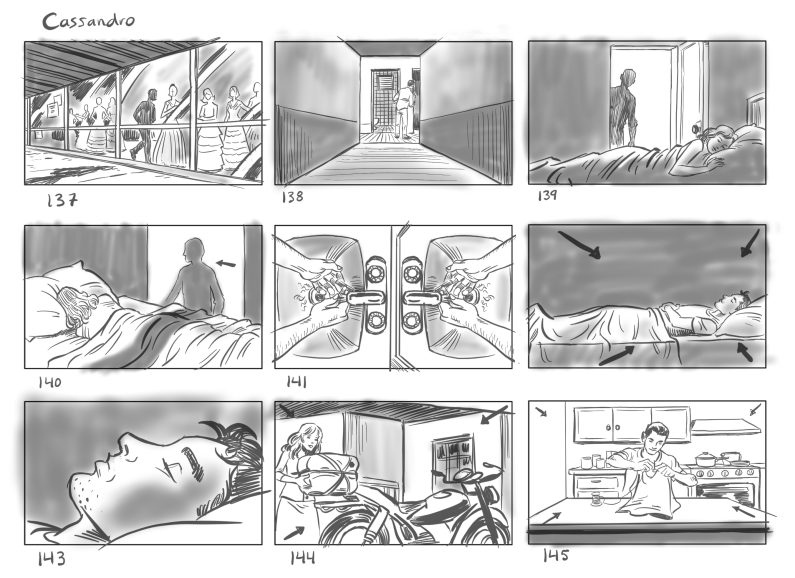
How much prep did you have for Cassandro and what did it entail?
We had a total of nine weeks prep, plus a couple more weeks remote working with Roger through Zoom.
Our story took place on the border between Ciudad Juárez and El Paso, but for practical reasons and budget constraints, we decided to shoot most of the indoor scenes in Mexico City. We did a tonne of visual research from a distance, and then we visited the real locations that were key to the character’s world. Along for the ride was the amazing JC Molina, the production designer, who was responsible for making everything look magnificent and brilliant.
We had a fantastic crew, with Alberto Ojeda working his magic as the camera operator and Lorenza Clapp as cinematography assistant and researcher. We meticulously pieced together the visual identity of the film, drawing inspiration from the real world, especially documentary photography, since our director had a thing for that documentary-style approach.
From the very first frame to the last, we mapped out the entire film. This level of planning was a must to maintain complete control over all the shots during pre-production, given the film’s somewhat unpredictable, non-linear shooting schedule and the need to maintain consistency in the scenes.
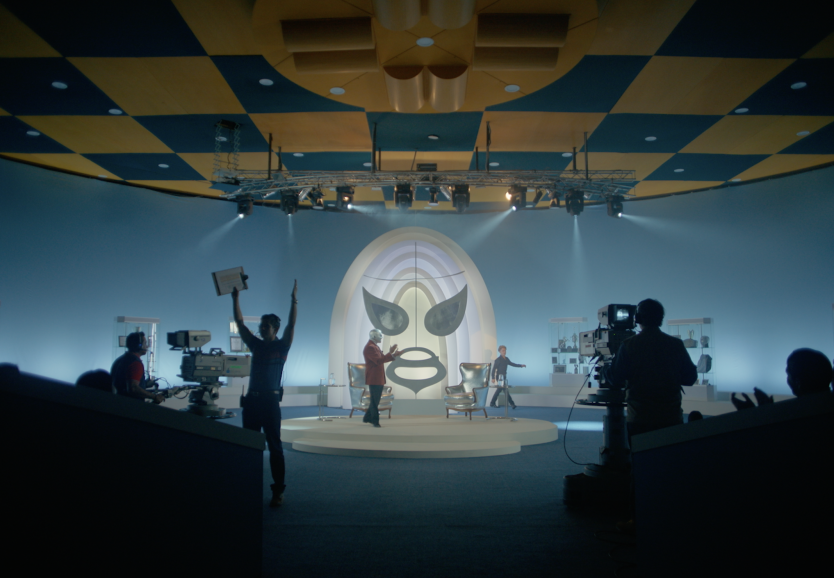
Which camera and lenses did you choose and why?
We used the ARRI Alexa Mini LF in an open gate 3:2 format and the Panavision H Series lenses. Our aim was to create a portrait-like film, and we drew inspiration from street photography to shape the overall narrative visual language. Then, we decided to go with a semi-square format, which is inherently the heart of portrait photography. The large format (LF) and the treatment of the skin gave us the hyper-realistic texture we were after.
The texture offered by these lenses was just about perfect – it’s expressive and incredibly generous. Each shot gained so much more than what reality alone could convey.

Could you run us briefly through your testing process?
We made the journey to Panavision Los Angeles to check out the entire setup because we always knew that this was the set we wanted to use. My primary focus was on assessing the contrast, smoothness, and especially the depth of field, particularly in medium and close-up shots, given that the film is predominantly told through these frame sizes.
In the pre-production week leading up to the shoot, we conducted the typical “show and tell” camera and lens tests with various colours, textures, masks, wigs, and costumes. These tests turned out to be quite revealing and exciting for all the departments involved.
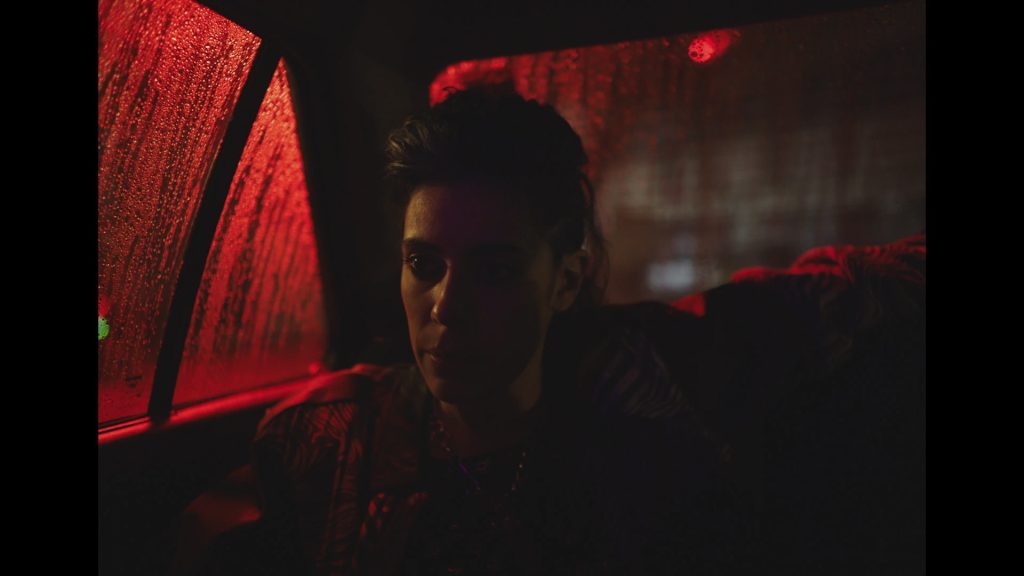
Could you take us through some of film’s key locations? Were you involved with location scouting at all?
We quickly figured out that shooting the whole film in Mexico City just wouldn’t cut it. We all agreed that we needed to capture most of the outdoor scenes on the real locations. Even though a bunch of those shots didn’t make it into the final edit, they were super vital in shaping the film’s overall vibe.
We actually built the house set and most of the interiors to be insanely accurate according to the script. That house was like a full-blown construction project, complete with a roof, electricity, working water, etc. You could open any drawer, play a cassette, use the blender, or the kitchen. That also gives a lot of freedom to the actors during the blocking to decide for instance if they’re going to light a cigarette on the stove or open a drawer, grab a lighter and light it up that way.
We modelled it after a real house in El Paso, right across the street from where Saúl (Cassandro) spent most of his life. That’s the same house that Roger checked out for his New York Times documentary, which eventually became our film. And the wild part is that this house is just about 70 metres from the border fence. So, you can bet it added a whole lot of authenticity to our project.
We made light studies, both outdoor and indoor, throughout the day, with fabrics on the windows, and even assessing how close it was to the neighbours’ houses. JC and his crew went above and beyond, building a studio replica of the house down to every last detail, and based on that, we nailed down our lighting setup for the studio scene.
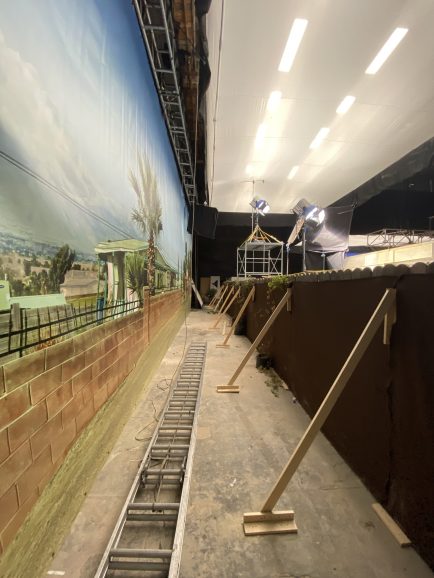
When did principal photography take place?
17 May until 17 July.
Tell us about your approach to framing and composition. Did you have any specific inspirations here?
This choice also meant we had to establish clear guidelines for camera angles and height. We frequently kept the camera at a normal height, plus zero degree angle of tilt, when filming Saúl, aligning it with the height of a person observing the scene. Furthermore, our camera approach took cues from Roger’s documentary filmmaking experience, focusing on an observational style that enabled the audience to truly immerse themselves in the character’s life without excessive narrative interference.
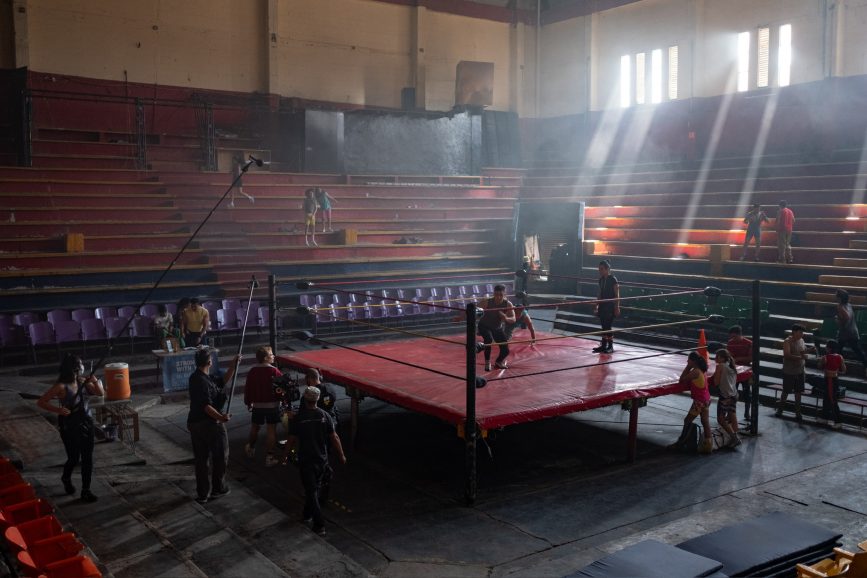
How did you use camera movement to aid the storytelling?
We strategically moved the camera only when absolutely necessary, emphasising a deliberate stillness that further underscored our choice to portray the character from an outsider’s perspective. When it came to capturing the intensity of the wrestling matches, we collaborated with Alberto Ojeda, the film’s Steadicam and camera operator. Together, we planned camera movements and angles, investing time in rehearsals and learning directly from the wrestlers, with a special emphasis on Gael’s amazing performance. The primary objective was to stay intimately close to the action to keep the main character in focus while being faithful to the visual language of lucha libre.
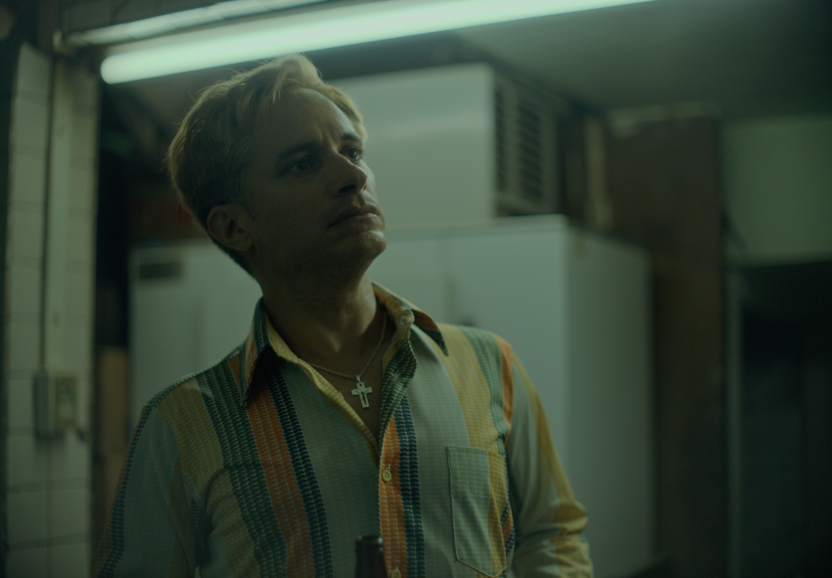
Who was your gaffer and how did you collaborate them to craft Cassandro’s lighting?
The gaffer for the Mexican part of the film was Oscar Gonzalez and his amazing crew. He’s a really experienced, talented and beautiful human being surrounded by one of the bests crew on earth. We designed the light based on our shot list and everything was planned and sourced to not have lights on set mainly being part of the diegetic world of the film.
Some small LED sources were hung here and there but mostly the lights came from the windows natural or generated during the day and from the practicals at night. All of this was going through a board with this amazing board operator, Osvaldo Alberto Guilliano, with whom we discussed the colour palette, dimmers and also the placement of the lights.
For the US part we worked together with the legendary Benito Aguilar and his son Max Aguilar as best boy. We mostly worked around available light, trying to give the film the authentic of the exteriors we were looking for.
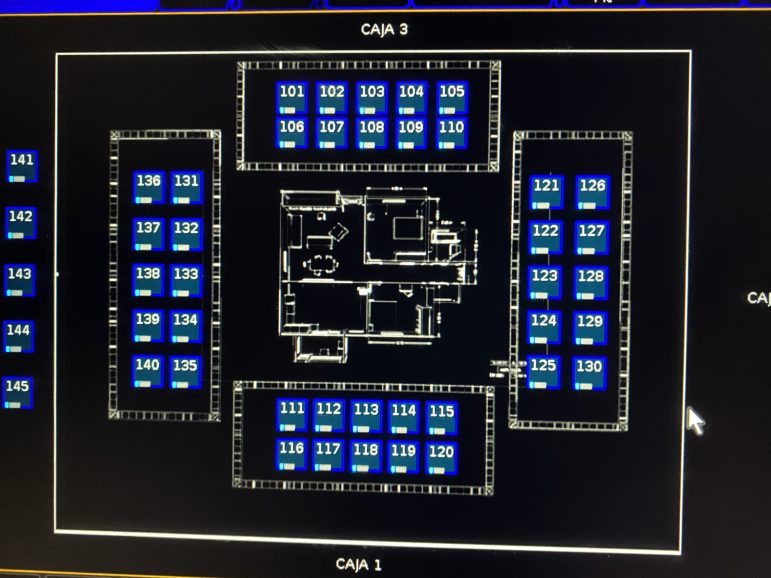
What was the trickiest scene or location to light?
The house was perhaps the most challenging to figure out but the easiest to shoot. We established the premise that the ambient outside the house should be evolving as the daylight evolves so we built four big soft boxes with around 40 SkyPanel S120s and we designed the dimming according to the hours the scenes should happen in reality compared to the light studies we did on location. This was also supported with fixed positions of M90s and M40s for every part of the house. All of this was supported by the excellence of the interior design made by JC and his team.
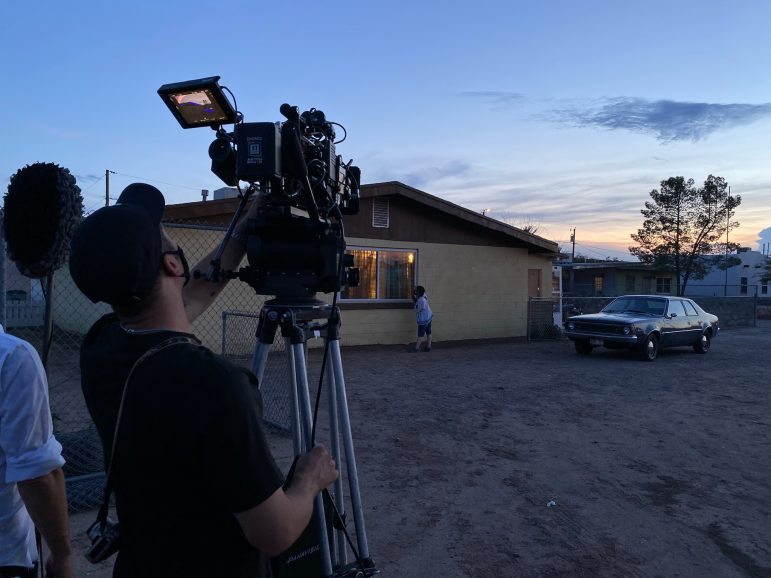
Who did the grade and what was their brief?
On set, we were fortunate to have Jesús Dominguez, a skilled Mexican colourist. I’ve had the pleasure of collaborating with Jesús on a couple of films and numerous commercial projects in the past. His role during the shoot was crucial as he not only coloured the dailies but also played a significant part in establishing the overall tone and contrast for the movie. Jesús’s expertise was instrumental in shaping the visual identity of the film.
The grading process was brilliantly handled by the magician, Nicke Cantarelli. He’s got eyes that could qualify him as a jet pilot, but he chooses to use them to navigate the digital realm of zeros and ones, turning every image into something more intriguing and refined than the raw. It was crucial to me to bring an outsider’s perspective into the mix, someone who isn’t steeped in the Latin American world, to ensure an impartial finishing touch to the film, free from any clichéd Mexican-American aesthetics. After all, Saúl is an outsider, and our goal was to create a look that was true to his character while also being unique and reflective of Saúl’s inner world.
Nicke, all the way from Sweden, turned out to be the perfect collaborator. I travelled there, and we dedicated a good five weeks to meticulously crafting and perfecting the visuals. We started out in HDR, as required by Amazon for obvious reasons, and it took a bit of getting used to this enhanced, three-dimensional texture and the burst of vibrant colours. But once we found the right balance, it turned into pure joy.
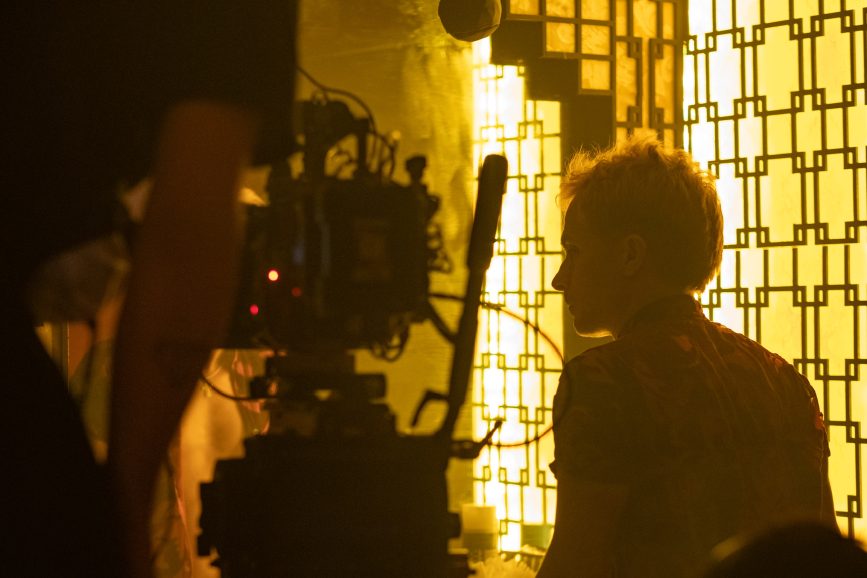
What part of your work on Cassandro are you most proud of?
I feel the best part of the cinematography of this film is that it serves the film but is still strong and present. It’s hard to find the balance between a particular-looking film and not overtake the story, and luckily we all made it possible.
Are there any crew members not already mentioned whose work you’d especially like to highlight?
Gerardo Gatica, the EP who is also a director, was a real driving force throughout the film’s journey. He not only brought his creative expertise but also made sure we all felt safe and had our backs covered. It was like having a trusted buddy on board, making the whole process incredibly smooth.
Carlos Suazo, our 1st AD, and his endless humility when it came to orchestrating to shooting in our lighting conditions. He went all in to ensure that everyone got their fair share of the spotlight, making the whole process incredibly relaxed and accommodating.
Gustavo Guzmán, the best focus puller, and Raúl Locatelli, the best sound recordist (probably in the world). They are both incredibly talented and generous professionals who love sharing ideas throughout the production process. I’ve had the privilege of working with them on more than five feature films, and it’s always a delight to the family around to keep an eye on how everything is progressing.
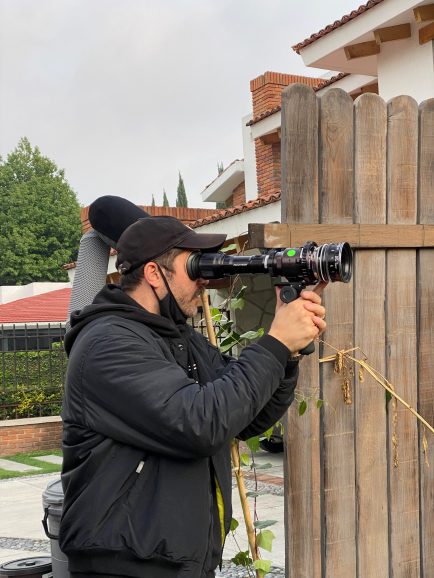
What’s your next project?
I’m getting some interesting scripts but still everything in the air. I hope something special like Cassandro lands when time is right.
Watch the trailer for Cassandro:

